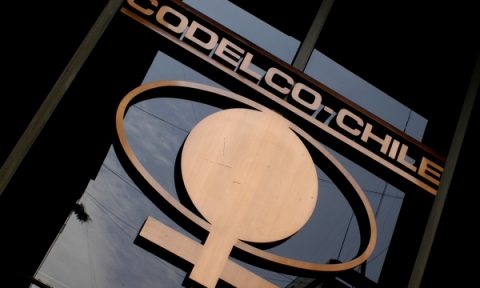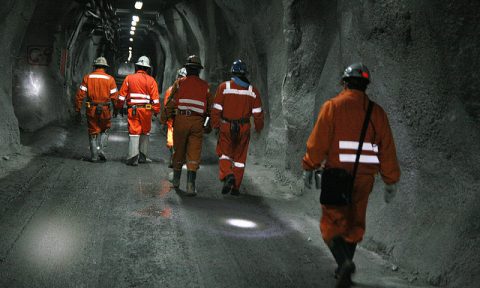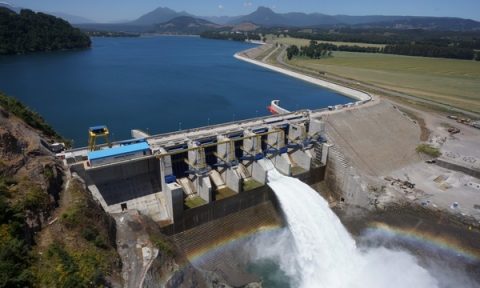Hydroelectric plants up to 41% their contribution to electricity generation during July
-The main reservoirs left the level of exhaustion they presented in late May
-Hydropower plants are better than in June, when in total represented 31% of the matrix
The rains registered last month afforded a modest recovery in the level of the reservoirs to generate hydropower and contribution to energy production.
In late May, some hydropower plants had to stop working due to lack of rainfall, reservoirs after depletion level entered. However, this scenario improved after the recent rains.
This situation is reflected in the trend which has seen the contribution of hydroelectric power generation system. While in May hydropower accounted for 28% of generation, in June that figure rose to 31%. So far this month, meanwhile, reached 41.5%, thanks to the reservoirs that are at their best level in the past three months, according to data from the CDEC-SIC, entity who coordinates the operation of the electric (see graphic).
The past weekend, the contribution of hydroelectric even climbed to almost 45% because they had to cover a lower power consumption.
Ralco is one of the most recovered reservoir as a result of the rains in the VIII region which in recent days has been making the largest contribution among the plants. Then come Pangue and Pehuenche plants.
Currently, much of the generation is being produced by power plants, which as of July 9 represented 57.9% of the system generation.
While rains alleviated in part the hydrological situation, still not enough to end three years of drought.
“The reservoirs were recovered a little, but in a normal year we have as 5,000 GWh dammed. If we had no thermoelectric component that are today in the Central Interconnected System (SIC) we would be in a serious energy supply problem, “said Deputy Secretary of Energy, Sergio del Campo.
In Endesa Chile, meanwhile, said that while rains help, are insufficient to reverse the cumulative effects of three years of drought, since neither have been equivalent to rainfall that should occur in a normal year.
“It is a fact that we have had rains are below normal. In several basins are between 300 to 500 mm accumulated less than in a normal year. That is, the year is still dry, “they said from the company.
They added that the main Chilean energy reservoirs (in terms of volume and capacity to store water from one season or one year to another) are high mountain reservoirs as el Laja or la Laguna del Maule, which means that when it rains in the rest of Chile, there it snow, and water does not run immediately to the reservoir, but you have to wait for spring to be manifested in real flows that really raise dimensions.
Del Campo also indicated that despite the situation of low rainfall, have not lowered the security levels of the system, but having to replace water with oil diesel expensive energy costs.
In this regard, it should be mentioned that the marginal costs-what companies pay for energy companies, have fallen nearly 3% between January and July, over the previous year, going from an average of U.S. $ 199/MWh to $ 193/MWh in so far this year. However, in July marginal costs averaged U.S. $ 246/Mwh.
Source: La Tercera












